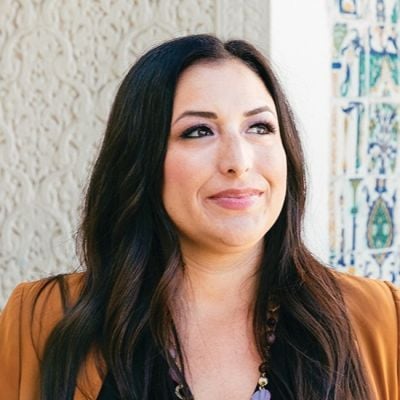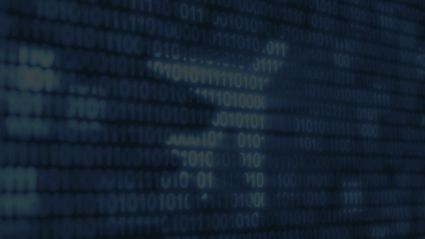At the outset of the global pandemic, US residents were consumed with questions regarding how the pandemic would impact their lives. Health and safety were a main concern, with economic uncertainty following close behind. As widespread shutdowns caused non-essential organizations ranging from restaurants to schools to close up shop, our nation saw its largest unemployment rate increase in history: 4.4 percent to nearly 15 percent in one month.
The short-term ramifications of such a catastrophic event are obvious, but the long-term impacts are less evident.
As recently as January 2020, 84 percent of Americans said that buying a home was a priority, and about 100 million Americans were planning to buy a home within the next five years. However, even during pre-pandemic conditions, low income was the most frequent obstacle preventing non-homeowners from purchasing a home. This is not surprising considering the average price of starter homes has grown by 86 percent since 2012, and, by contrast, the income of likely buyers has only grown by 24 percent.
What happens when you take these already adverse home-buying conditions and tack a pandemic on top?
Unfortunately, with the pandemic-tainted economic conditions, saving enough for a down-payment is now last on many Americans’ minds. When so many Americans lose their primary source of income, they have no choice but to dip into their savings in order to cover necessary expenses such as rent, food, and health care.
The median US home price for a starter home in US metro areas was $233,400 in Q1 of 2020. This means a buyer will have to muster $46,680+ to cover the recommended 20 percent down payment. Coming up with these funds can be a daunting task for most American households who hold median savings of just over $12,000.
Unfortunately, with the pandemic-tainted economic conditions, saving enough for a down-payment is now last on many American’s minds. When so many Americans lose their primary source of income, they have no choice but to dip into their savings to cover necessary expenses such as rent, food, and health care. On a survey conducted mere weeks into the pandemic, more than 50 percent of middle-income adults already could not cover even three months’ worth of expenses using their savings. For lower-income adults, that figure jumps to more than 75 percent.
When you combine the sky-high unemployment rates and the depletion of already insufficient savings, the result is a vast majority of Americans who will face an unprecedented struggle to achieve homeownership. Unfortunately, most of the impacted individuals are those who belong to a minority group.
To illustrate these points, we can look back to the Great Recession occurring over 2007-2009.
Granted, the underlying causes of the recession differ greatly from the current health crisis. But as the economic impacts continue compounding with each passing day of widespread industry shutdowns, the chance for a graceful “v-shaped recovery” gets smaller, and the likelihood of a painful, protracted recovery increases.
For instance, between 2006 and 2014, the percentage of US rental households increased from 36.1 percent to 41.1 percent. Over the same period, there was a marked decrease in home-owning households. The outcome was a closing of the gap between renters and homeowners that has permanently altered life in the US.
We have already started to see COVID-19’s preliminary impacts on rental behavior. In the six months leading up to the shutdown, the average number of renters applying to rental properties in the US stayed relatively stable. Once the shutdown came into effect, however, the average number of renters per property increased by over 14 percent, indicating that more US residents are competing to rent.
The undeniable impact of COVID-19 on US residents’ ability to purchase homes significantly lowers their likelihood of amassing generational wealth. Parents who own their home increase their children’s likelihood of becoming a homeowner by 7-8 percent. This is especially impactful when taking into account that 4.75 million US households (9 percent of all mortgages) were in forbearance due to the pandemic back in May and are in danger of losing their homes.
What this amounts to is that the pandemic will further entrench traditional wealth gaps whereby the rich get richer by scooping up home inventory and renting those homes out to the very individuals who were likely to purchase the homes for themselves had there been more favorable (non-pandemic) economic conditions.
We need to take a close look at how we can effectively mitigate pandemic impacts on homeownership as not to preclude Americans from building the wealth, equity, and security that define the ambitions of millions.

















